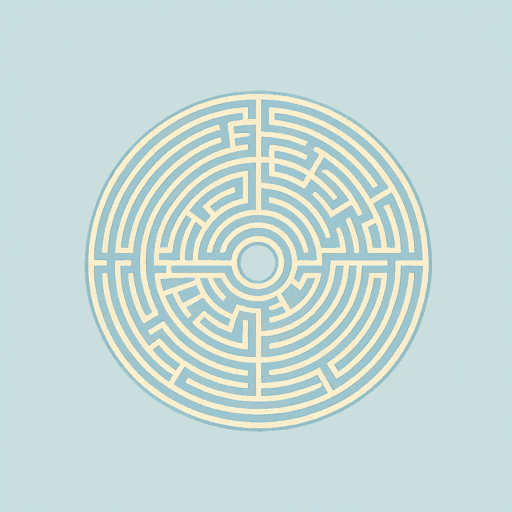15 pages • 30 minutes read
Octavio PazWind, Water, Stone
Fiction | Poem | Adult | Published in 1979A modern alternative to SparkNotes and CliffsNotes, SuperSummary offers high-quality Study Guides with detailed chapter summaries and analysis of major themes, characters, and more.
Poem Analysis
Analysis: “Wind, Water, Stone”
“Wind, Water, Stone” begins with a pattern recalling the game rock-paper-scissors, juxtaposing each of the three titular elements with another and demonstrating how one of each pair acts upon the other. In the first line, water “hollows stone” (Line 1)—though it is “scatter[ed]” (Line 2) by wind in its turn. Finally, “stone stops the wind” (Line 3).
The first two lines illustrate actions that transform or move their respective elements: Stone is “hollow[ed]” (Line 1) and water is “scatter[ed]” (Line 2). While each is certainly disturbed, they are also propagated and shifted—stone is reshaped, water is displaced. Unlike these two actions, stone utterly “stops the wind” (Line 3). This action is tantamount to annihilation; a stopped wind is wind no longer. Just as this disturbing difference manifests itself in the poem, the stanza returns to a soothing sameness that mimics a mantra: “Water, wind, stone” (Line 4).
The second stanza’s first line echoes the previous stanza’s; however, it is now wind, not water, that “carves stone” (Line 5). The next line introduces a metaphor as the stone is now “a cup of water” (Line 6). The stone has already been hollowed and carved, thus it has been shaped into a cup for water.
Related Titles
By Octavio Paz



